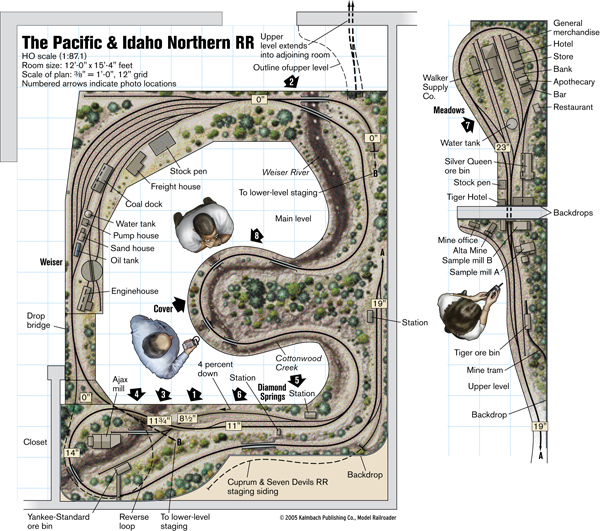
Track plan at a glance Name: Pacific & Idaho Northern Scale: HO (1:87.1) Size: 12′-0″ x 15′-0″ with 3′-6″ x 7′-0″ extension Theme: turn-of-the-past-century branch line Period: 1900 to 1908 Style: walkaround Mainline run: 105 feet Minimum radius: 18″ Minimum turnout: no. 4 Maximum grade: 5 percent Originally appeared in the April 2005 issue of […]
Read More…
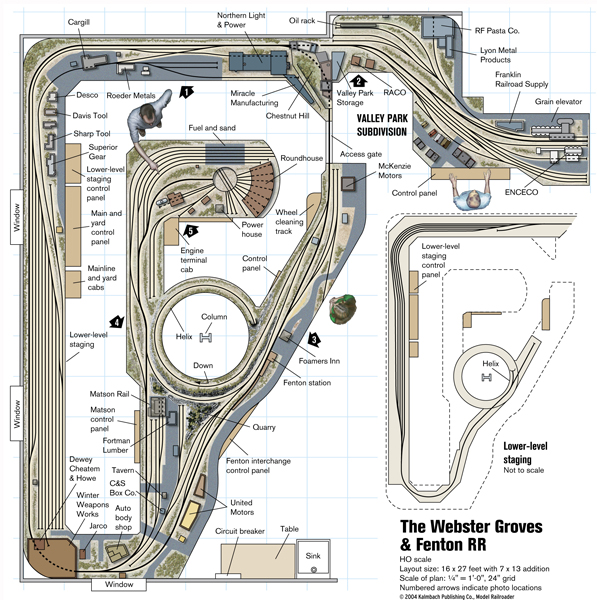
Track plan at a glance Name: The Webster Groves & Fenton RR Scale: HO (1:87.1) Size: 16 x 27 feet with a 7 x 13-foot extension Prototype: free-lanced bridge line Period: 1970-1990 Style: around-the-walls with peninsula Mainline run: 117′-5″ Minimum radius: 30″ on main, 28″ on sidings Minimum turnout: no. 6 Maximum grade: 2.5 percent […]
Read More…
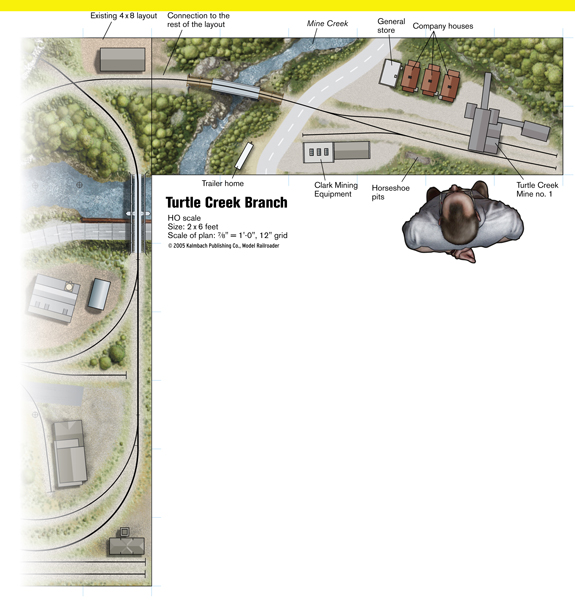
Track plan at a glance Name: Turtle Creek Branch Scale: HO Size: 2 x 6 feet Originally appeared in the January 2005 issue of Model Railroader. Click here to download a PDF of this track plan […]
Read More…
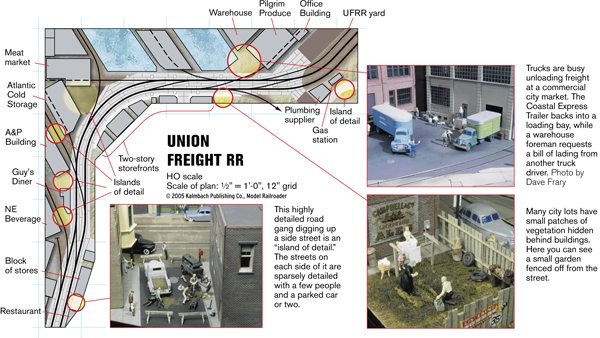
Track plan at a glance Name: Union Freight RR Scale: HO Originally appeared in the June 2005 issue of Model Railroader. Click here to download a PDF of this track plan […]
Read More…
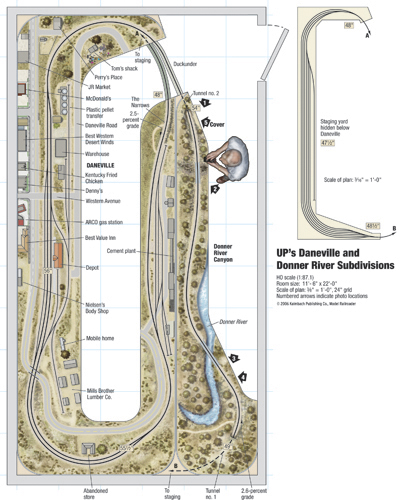
Track plan at a glance Name: UP’s Daneville and Donner River Subdivisions Scale: HO (1:87) Size: 11′-6″ x 22′-0″ Prototype: Union Pacific, with Burlington Northern Santa Fe trackage rights Period: present Mainline run: 59 feet (excluding staging) Minimum radius: 33″ Minimum turnout: No. 8 (main) and no. 6 (sidings and yards) Maximum grade: 2.6 percent […]
Read More…
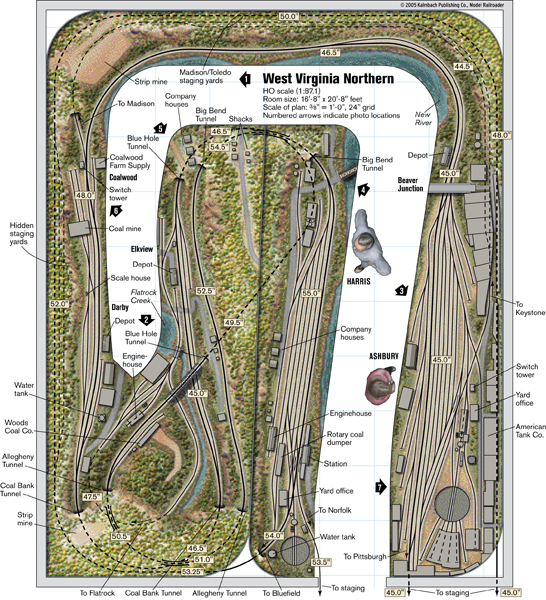
Track plan at a glance Name: West Virginia Northern Scale: HO (1:87.1) Size: 16′-8″ x 20’8″ with 11′-0″ x 2′-0″ and 4′-0″ x 11’0″ off-layout staging Theme: freelance, based on the Chesapeake & Ohio Ry. Period: summer 1952 Style: walkaround Mainline run: 126 feet Minimum radius: 30″ (main line) Minimum turnouts: no. 6 (main line), […]
Read More…
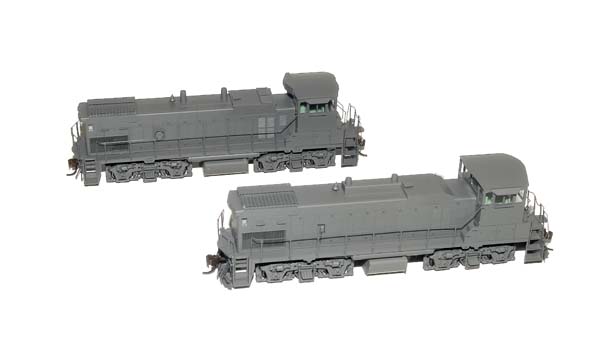
The National Train Show was held in conjunction with the National Model Railroad Association national convention in Detroit, Mich., July 27-29, 2007. Below are some of the new items we saw at the show. Electro-Motive Division MP15AC HO scale locomotives Electro-Motive Division MP15AC. Preproduction sample shown. Canadian Pacific, CSX, Milwaukee Road, Soo Line, Southern Pacific, […]
Read More…
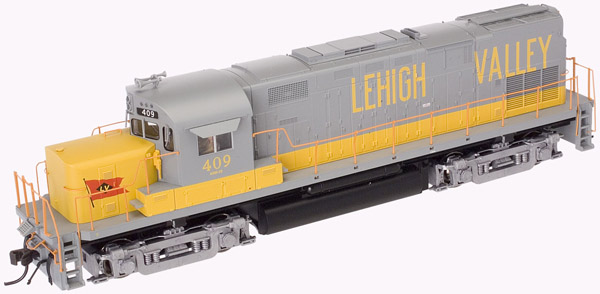
The National Train Show is being held in conjunction with the National Model Railroad Association national convention in Detroit, Mich., July 27-29, 2007. Below are some of the new products being featured at the show. Look for a full show report next week. Alco C-420 diesel locomotive HO scale locomotivesAlco C-420 diesel locomotive. Arkansas & […]
Read More…
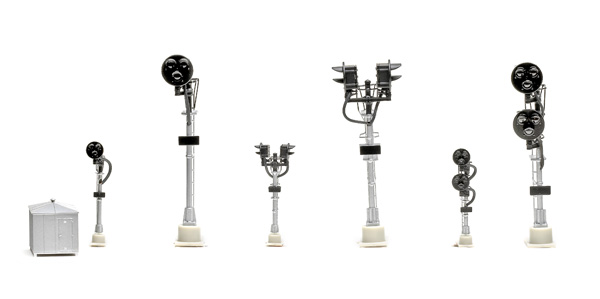
Atlas HO and N scale signal system A versatile operating signal system is now available for HO and N scale modelers. These new signals from Atlas Model Railroad Co. come in three different styles and will work on DC layouts as well as those operated with Digital Command Control (DCC). The signal system uses much […]
Read More…
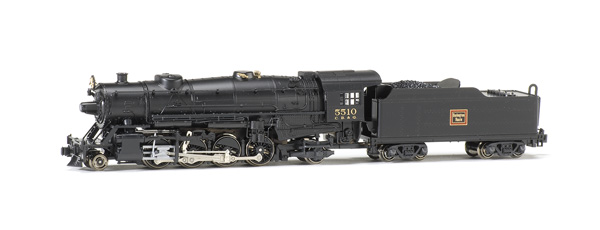
Kato N scale USRA 2-8-2 Price: $175.00ManufacturerKato U.S.A., Inc. 100 Remington Road Schaumburg, IL 60173Description: Plastic and metal ready-to-run locomotiveComments: Kato has re-released its handsome N scale United States Railway Administration (USRA) 2-8-2 heavy Mikado. This new run of steam locomotives includes a version decorated for Chicago, Burlington & Quincy, as well as a painted […]
Read More…
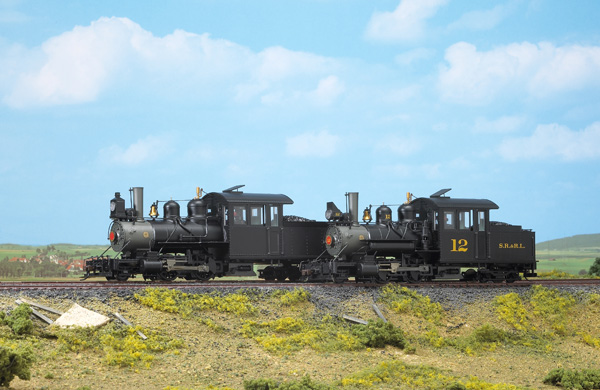
Bachmann On21/2 Forney A 2-4-4T Forney with dual-mode Digital Command Control (DCC) and an optional sound system is Bachmann’s latest On2 1/2 offering. The model is available with either outside or inside main frames and with or without a Tsunami sound decoder, in decorated or painted but unlettered versions. A unique design. The Forney is […]
Read More…
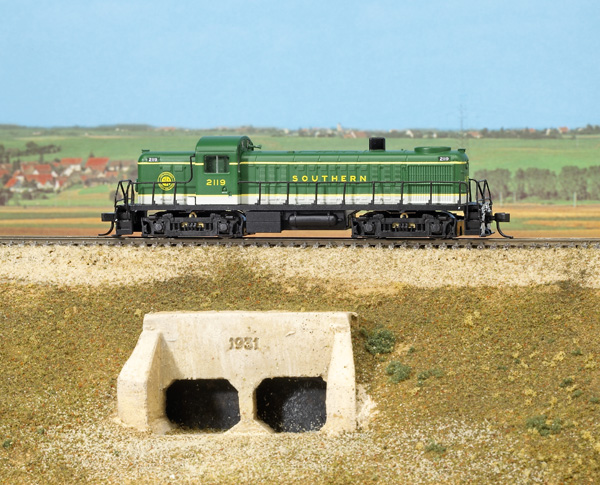
Walthers N scale Alco RS-2 Fans of first-generation diesel power can now have a detailed, solid performing N scale model of an RS-2, the American Locomotive Co.’s first road switcher produced after World War II. The Walthers model is prototypically accurate and has provisions for easy conversion to Digital Command Control (DCC). Postwar road switcher. […]
Read More…












